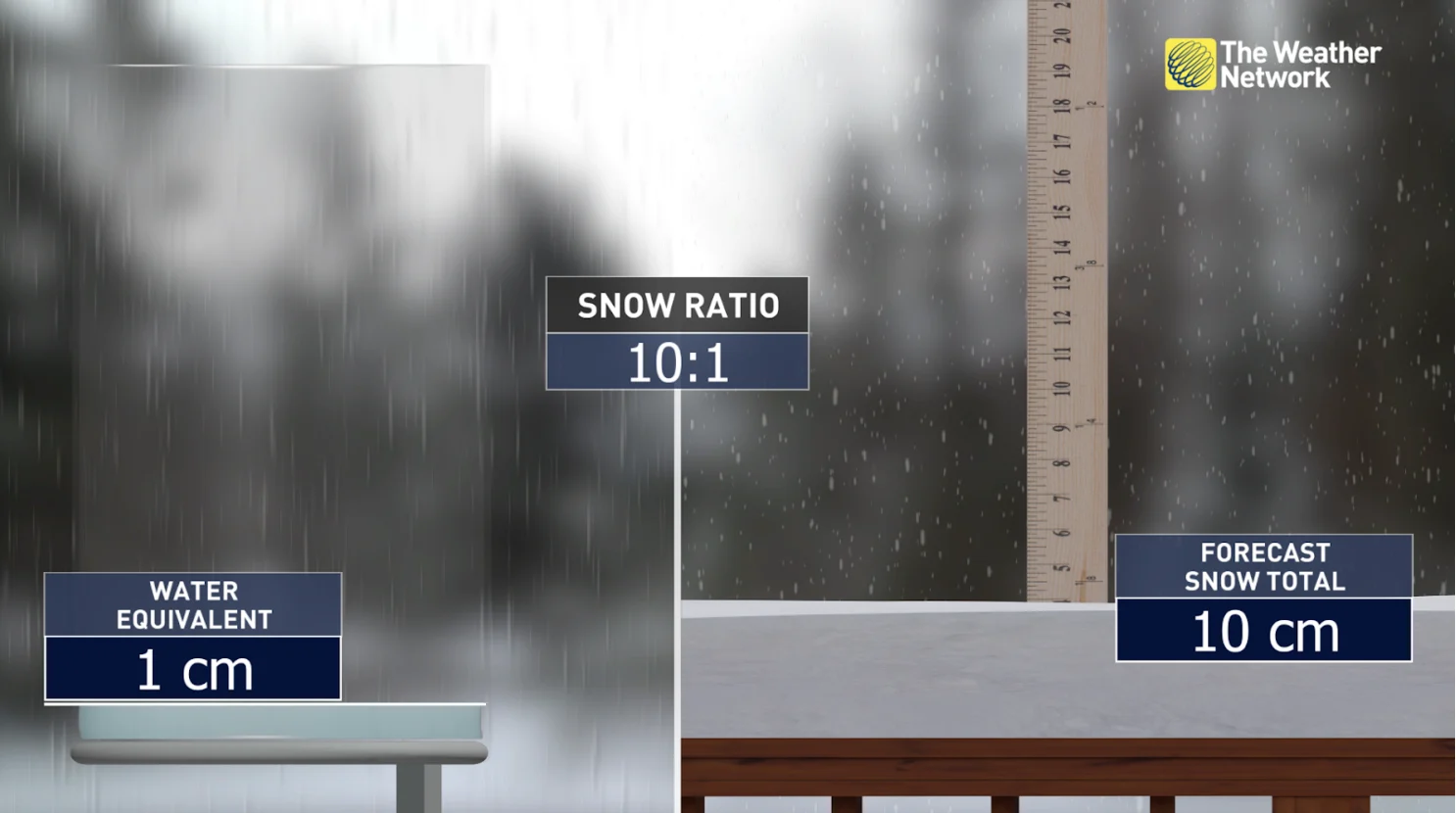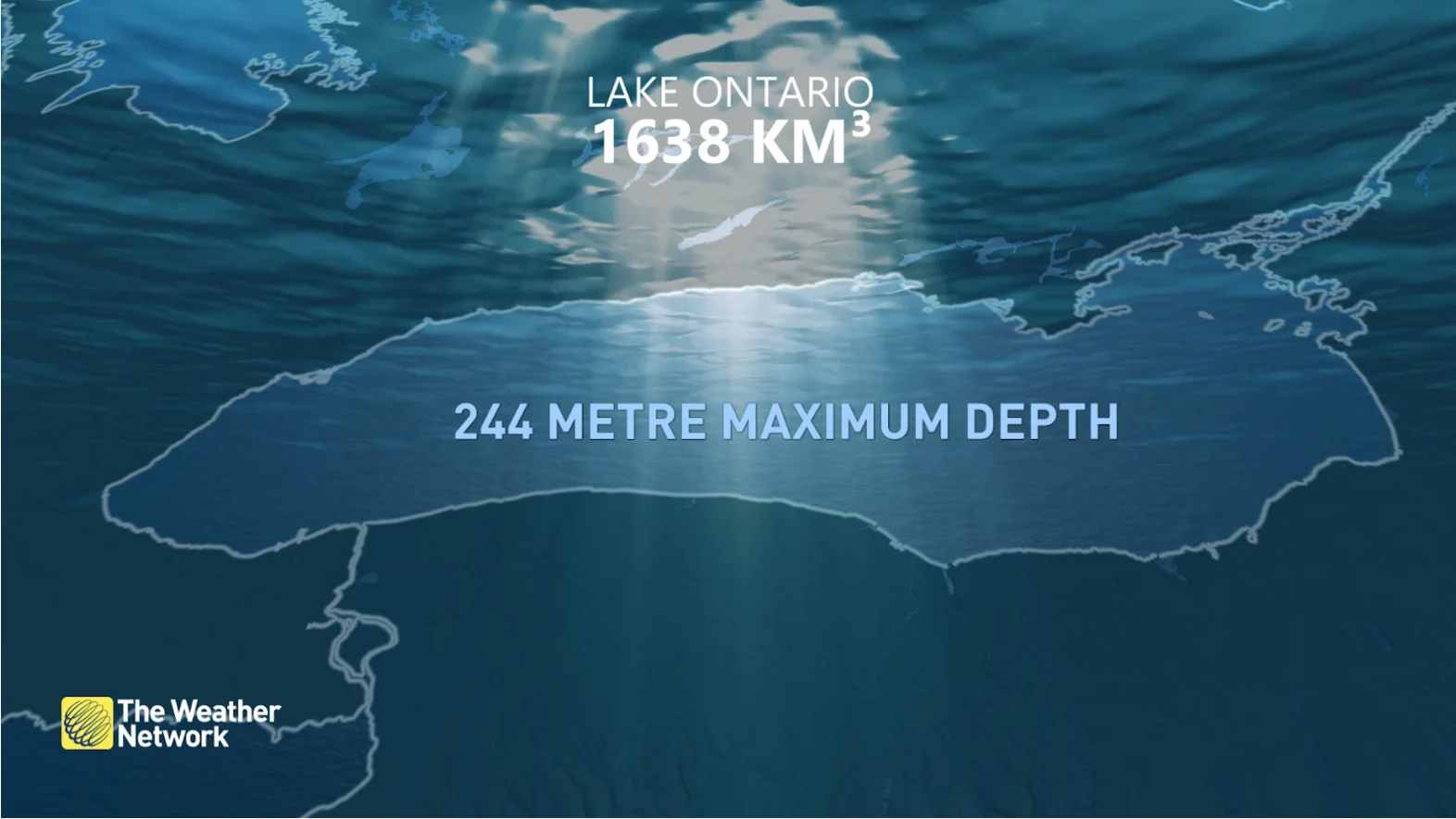-
Coastal B.C.: 50– 80 centimeters → 65 centimeters
-
Interior B.C.: 100– 200 centimeters → 150 centimeters
-
B.C./Alberta Mountains: 500– 1200 centimeters → 600 centimeters
-
Prairies: 100– 150 centimeters → 125 centimeters
-
Ontario: 120– 300 centimeters → 210 centimeters
-
Quebec: 200– 300 centimeters → 250 centimeters
-
Atlantic Canada: 300 centimeters (repaired)
3. Converting snowfall to water
Snowfall deepness serves, nonetheless to compute weight we’ll make the most of what’s known as the snow-to-water proportion. As an unrefined commonplace, 10:1 is the quote we’ll make use of.

Using the criterion 10:1 snow-to-water proportion (10 centimeters of snow = 1 centimeters of water), we reworked snowfall midsts proper into water matchings. This metric can differ extraordinarily all through Canada, from 5:1 to over 40:1, relying upon the temperature degree.
4. Calculating water amount
Water amount was computed for each space: Volume (m ³) =Snowfall (m ) x(* )( m ²) Land Area present you an idea of simply how a lot water this would definitely be, think about this.
To we drained pipes If firstly of the 12 months, it will actually be nearly crammed with our dissolved snow by the top. Lake Ontario’s ample water that every It could be supplied Canadian 64 million canteen. you could have ample space in your fridge?Do 5.

of snowWeight’s the place factors get hold of hefty.
Here’re mosting prone to be using numbers so astronomically massive, they shed significance. We’ll try to make it additional relatable.We elevated the water amount by the thickness of water (1,000 kg/m ³ )to compute the load of snow:
We (kg) = Weight (m ³) x 1,000Volume, we reworked kgs proper into statistics heaps by separating by 1 million.
Finally (in billion statistics heaps):
Regional Breakdown.

